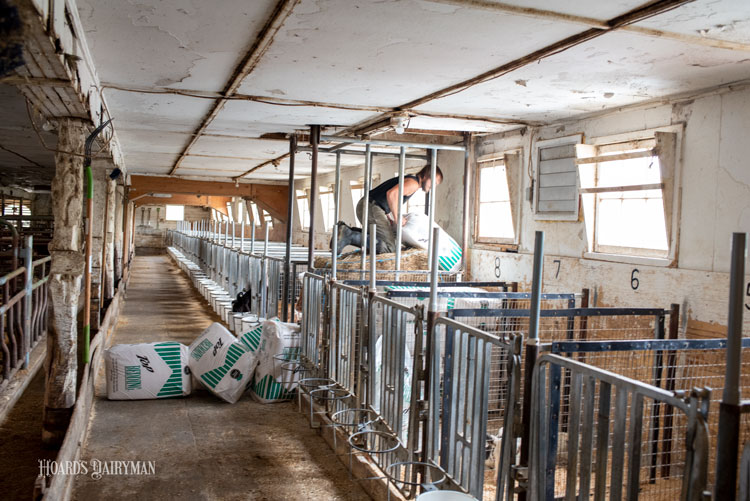
Every time another regulation is added to a farmer’s plate, it seems like a brand new challenge to tackle. Oftentimes, it is. But in the case of growing constraints in agricultural labor laws, the ideals stretch back further than we might realize.
The 40-hour work week, restrictions on child labor, and authorization of worker unions were all established as a response to the Great Depression, explained Richard Stup of Cornell Cooperative Extension on the February 3 Hoard’s Dairyman DairyLivestream. The National Labor Relations Act and the Fair Labor Standards Act were passed with the purpose of protecting workers and forcing employers to create more jobs at a time when many people were unemployed.
How does this relate to farm workers?
For the most part, it hasn’t.
“Congress passed these laws after compromises led by rural and Southern states to carve out farm labor from the new labor rules,” said the agricultural workforce specialist. “Subsequently, state legislatures throughout the country also recognized that farm jobs were different from other jobs, and they created similar carve outs from state labor laws to treat farm labor differently from most other industries.”
Modern attention
These exemptions created a patchwork of labor laws across the country.
“How this works today is that we have federal and state labor laws, and most states mirror the federal laws to a large degree,” Stup pointed out. “But when there are differences, whichever law is most restrictive, or protective, depending on your point of view, is the law that operates for you.
“Today, we find states in various places across the country making changes to their laws that affect farm employees,” Stup said. “For example, federal minimum wage is still $7.25. But in New York, the minimum wage is now $12.50 for most of the upstate outside of New York City. So, employers there, where the dairy farms are, must use the $12.50 because the state one is higher,” he explained.
Minimum wage is just one example of protection for workers that states are adopting. New York labor laws that went into effect in 2020 set overtime restrictions, require a weekly day of rest, and authorize farm unions. “There are exemptions from these laws for certain family members and for certain management employees, but they’re rather strict to meet those exemptions,” Stup noted. Other states such as California and Minnesota have similar laws.
“All of these changes are happening at a time when farms struggle to find enough employees,” Stup continued.
Why now?
They’re also coming at a time of growing calls for worker justice. Online media, the pandemic, and societal factors continue to shine a light on topics people would otherwise rarely be exposed to, DairyLivestream guests agreed. Consumers are increasingly concerned about the entire chain of how their food is produced.
Of course, there is a financial cost that comes to the dairy farmer as he or she balances these regulations, and wanting to provide a great working environment, with running their business. For more on that discussion, check out the Intel “What’s driving changes in farm labor rules?”
At the end of the day, dairy farmers want to do what is best for their animals, their land, and their people. Leading those good initiatives ourselves remains critical in supporting the future of the industry.
California dairyman Frank Cardoza summed up the labor debates by saying, “It’s something that was going to change anyway because in the public’s eye, they feel that it’s a hard job. Things have changed, and I think it’s a good thing.”
An ongoing series of events
The next broadcast of DairyLivestream will be on Wednesday, February 17 at 11 a.m. CST. Each episode is designed for panelists to answer over 30 minutes of audience questions. If you haven’t joined a DairyLivestream broadcast yet, register here. Registering once registers you for all future events.








